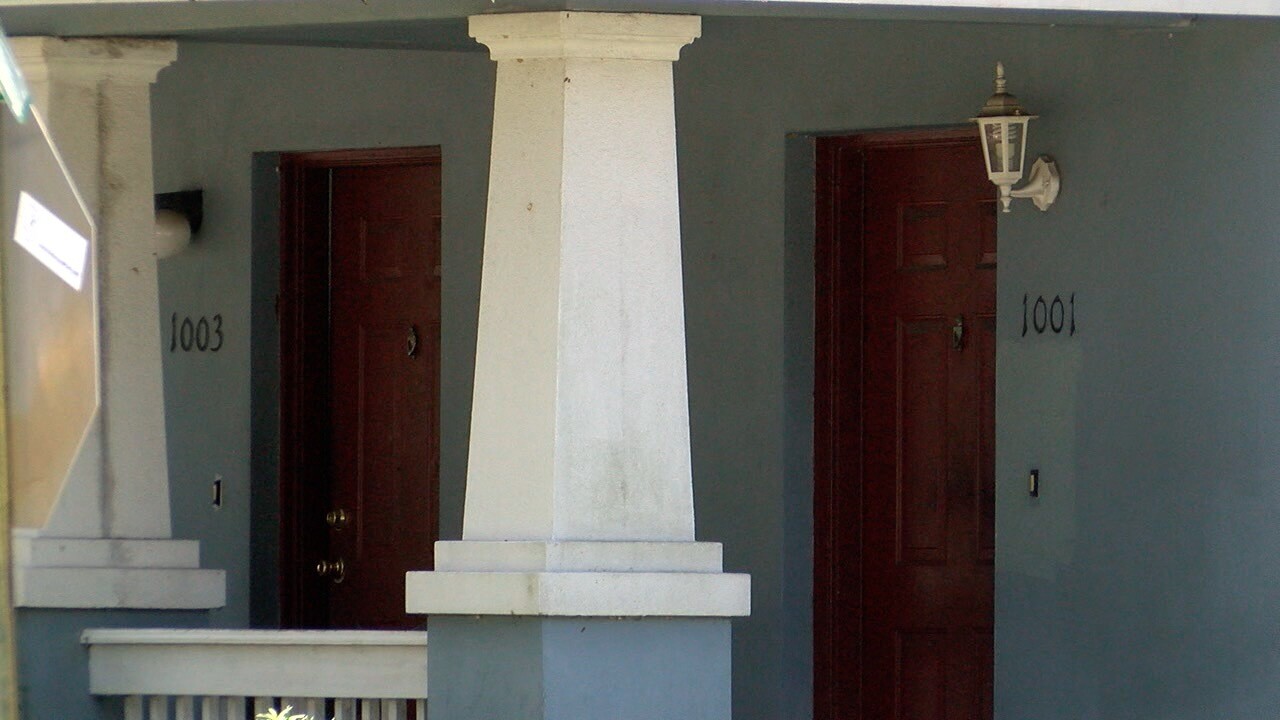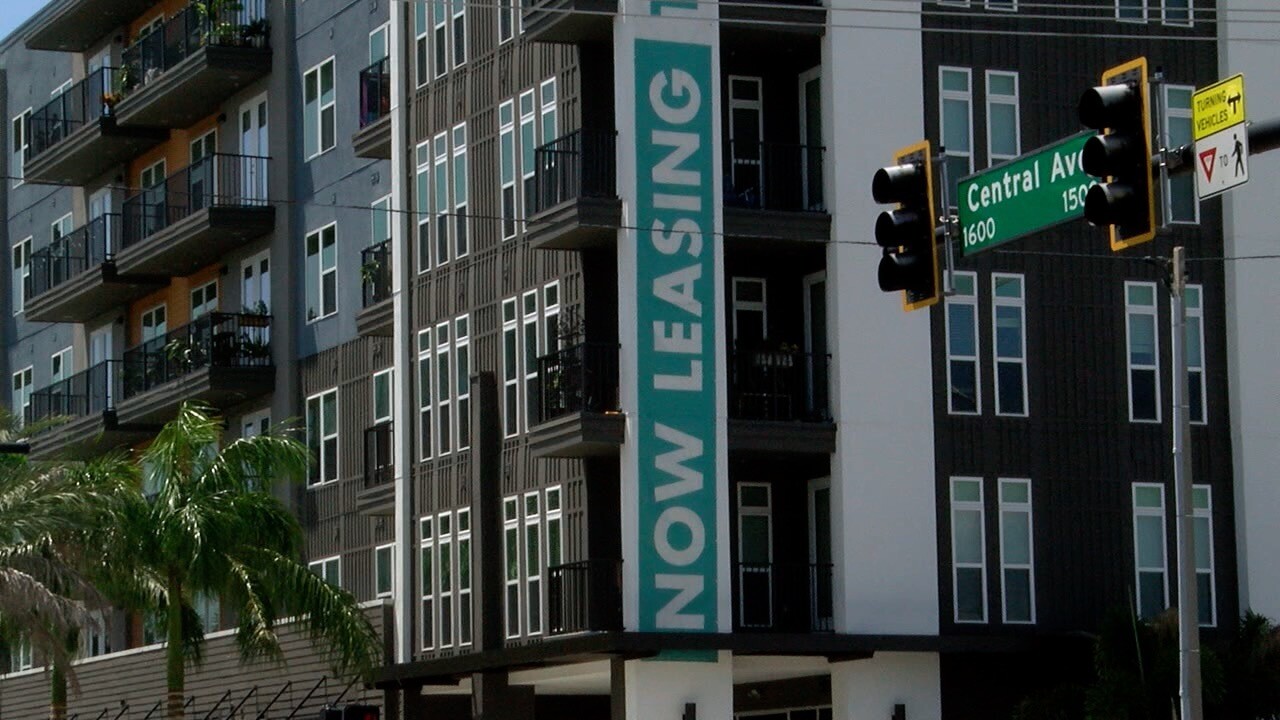PINELLAS COUNTY, Fla. — New Census data shows Florida population growth is outpacing the country with the Tampa Bay area seeing nearly 19% growth from 2010 to 2020.
Unfortunately, that growth is creating a demand for affordable housing in Pinellas County, the densest part of the state, where there are already more than 3,000 people living per square mile.
"According to the Urban Land Institute, we're one of the top six real estate markets in the nation, so we're certainly growing very rapidly," Carol Stricklin, Director of the Pinellas County Housing and Community Development Department told ABC Action News.
The issue is the county is largely built-out, meaning there is not much space left to build places for people to live.

"Rents are increasing significantly," said Robert Gerdes the Neighborhood Affairs Administrator with the City of St. Petersburg. "Where you see communities that have restricted supply either through their zoning regulations or because of the desire of their residents, you see really dramatic increases in rent and price points."
We asked CoStar Group, who owns Apartments.com, what they are seeing in rents.
The first few months of 2021 saw about a 15% increase in rents in the Tampa Bay area. Now, it’s more than 20%, according to the company’s Director of Market Analytics for Florida, Brian Alford.
More specifically they saw:
- 21.5% increase in Central Pinellas
- 21.4% increase in North Pinellas
- 18.2% increase in Downtown St. Petersburg
- 11.6% increase in South Pinellas
A one-bedroom in St. Petersburg is now averaging $1600 dollars, according to RENTCafé.
"Gentrification has run amok and it's getting to the point where some of the folks I've known who just graduated from USF had to leave town because they couldn't find affordable housing. And that's a shame," said Cathy Harrelson the President of St. Petersburg’s Sustainability Council.
The county currently has five housing authorities with waitlists anywhere from two to five years.
Tarpon Springs Housing Authority has 52 units with 232 applicants on waitlists.
The Pinellas County Housing Authority has 682 units with more than 2,600 applicants on waitlists.

The county estimates a need for about a thousand new affordable units per year over the next 10 years.
However, the two complexes built this year, Eagle Ridge Apartments and Palmetto Point, added only 153 units. The solution starts with increasing supply.
"I absolutely think that the era of the giant single-family home needs to be seriously examined, and it shouldn't just be, 'Oh gee, I'm coming from Minnesota I can afford to build and to basically scrape off everything on the lot and build a giant home,'" Harrelson explained.
At a city level, St. Petersburg is setting its own goals.
"Our goal is over the next 10 years in the 10-year plan to provide 2400 units into the marketplace by partnering with developers," Gerdes said. "That would be approximately 100% increase over the number of units we were able to provide the previous 10 years."
While the county continues to collect for their Penny For Pinellas Affordable Housing Program.
"That is a penny sales tax where the board of County Commissioners set aside approximately $80 million over the next 10 years to leverage new affordable housing projects," Stricklin explained.

They all agree the county also needs to look at reforming building regulations to allow for more homes on a single lot and to make the process more affordable.
The county is in the process of establishing a housing compact with Forward Pinellas and other partners.
Their goal is to reform building regulations and create more financial incentive programs.
One area they want to prioritize is what they call the missing middle, finding ways to get the housing market to produce entry-level housing that people can afford.




